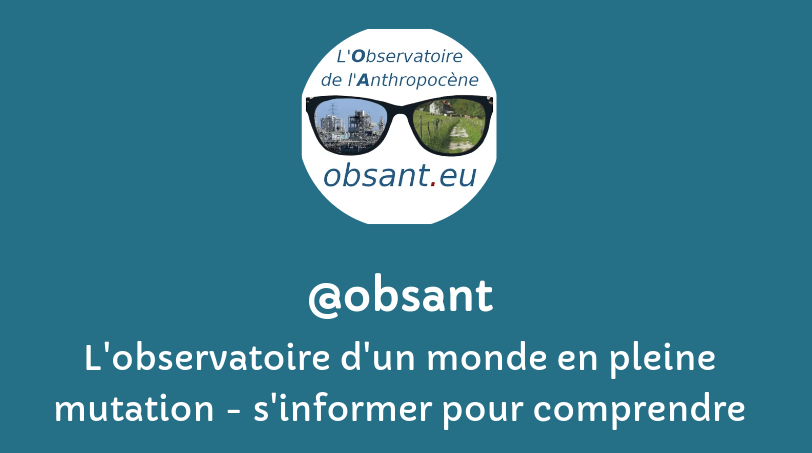« L’urgence est là, nous regardons ailleurs »
filtre:
school
2025
Extreem weer heeft in 2024 meer dan 240 miljoen leerlingen en studenten minstens tijdelijk zonder onderwijs gezet. Hittegolven, cyclonen en overstromingen troffen kinderen op alle continenten.
Previous health impact assessments of temperature-related mortality in Europe indicated that the mortality burden attributable to cold is much larger than for heat. Questions remain as to whether climate change can result in a net decrease in temperature-related mortality. In this study, we estimated how climate change could affect future heat-related and cold-related mortality in 854 European urban areas, under several climate, demographic and adaptation scenarios. We showed that, with no adaptation to heat, the increase in heat-related deaths consistently exceeds any decrease in cold-related deaths across all considered scenarios in Europe. Under the lowest mitigation and adaptation scenario (SSP3-7.0), we estimate a net death burden due to climate change increasing by 49.9% and cumulating 2,345,410 (95% confidence interval = 327,603 to 4,775,853) climate change-related deaths between 2015 and 2099. This net effect would remain positive even under high adaptation scenarios, whereby a risk attenuation of 50%
Emerging infectious diseases, biodiversity loss, and anthropogenic environmental change are interconnected crises with massive social and ecological costs. In this Review, we discuss how pathogens and parasites are responding to global change, and the implications for pandemic prevention and biodiversity conservation. Ecological and evolutionary principles help to explain why both pandemics and wildlife die-offs are becoming more common; why land-use change and biodiversity loss are often followed by an increase in zoonotic and vector-borne diseases; and why some species, such as bats, host so many emerging pathogens. To prevent the next pandemic, scientists should focus on monitoring and limiting the spread of a handful of high-risk viruses, especially at key interfaces such as farms and live-animal markets. But to address the much broader set of infectious disease risks associated with the Anthropocene, decision-makers will need to develop comprehensive strategies that include pathogen surveillance across s
2024
Rentrée 2024 à emlyon : Jean-Marc Jancovici, Associé Carbone 4 & Président de Shift Project, est intervenu le mardi 3 septembre auprès des nouveaux étudiants du Programme Grande Ecole, pour une conférence sur le thème - “Défis climatiques et villes durables : Écologie, Économie, Technologie”.
Evidence shows a continuing increase in the frequency and severity of global heatwaves1,2, raising concerns about the future impacts of climate change and the associated socioeconomic costs3,4. Here we develop a disaster footprint analytical framework by integrating climate, epidemiological and hybrid input–output and computable general equilibrium global trade models to estimate the midcentury socioeconomic impacts of heat stress. We consider health costs related to heat exposure, the value of heat-induced labour productivity loss and indirect losses due to economic disruptions cascading through supply chains. Here we show that the global annual incremental gross domestic product loss increases exponentially from 0.03 ± 0.01 (SSP 245)–0.05 ± 0.03 (SSP 585) percentage points during 2030–2040 to 0.05 ± 0.01–0.15 ± 0.04 percentage points during 2050–2060. By 2060, the expected global economic losses reach a total of 0.6–4.6% with losses attributed to health loss (37–45%), labour productivity loss (18–37%) and i
Anthropogenic emissions drive global-scale warming yet the temperature increase relative to pre-industrial levels is uncertain. Using 300 years of ocean mixed-layer temperature records preserved in sclerosponge carbonate skeletons, we demonstrate that industrial-era warming began in the mid-1860s, more than 80 years earlier than instrumental sea surface temperature records. The Sr/Ca palaeothermometer was calibrated against ‘modern’ (post-1963) highly correlated (R2 = 0.91) instrumental records of global sea surface temperatures, with the pre-industrial defined by nearly constant (<±0.1 °C) temperatures from 1700 to the early 1860s. Increasing ocean and land-air temperatures overlap until the late twentieth century, when the land began warming at nearly twice the rate of the surface oceans. Hotter land temperatures, together with the earlier onset of industrial-era warming, indicate that global warming was already 1.7 ± 0.1 °C above pre-industrial levels by 2020. Our result is 0.5 °C higher than IPCC estim
2023
Simultaneous harvest failures across major crop-producing regions are a threat to global food security. Concurrent weather extremes driven by a strongly meandering jet stream could trigger such events, but so far this has not been quantified. Specifically, the ability of state-of-the art crop and climate models to adequately reproduce such high impact events is a crucial component for estimating risks to global food security. Here we find an increased likelihood of concurrent low yields during summers featuring meandering jets in observations and models. While climate models accurately simulate atmospheric patterns, associated surface weather anomalies and negative effects on crop responses are mostly underestimated in bias-adjusted simulations. Given the identified model biases, future assessments of regional and concurrent crop losses from meandering jet states remain highly uncertain. Our results suggest that model-blind spots for such high-impact but deeply-uncertain hazards have to be anticipated and acc
Hoe kunnen we, in het licht van toenemende droogte, overstromingen en de snelle bevolkingsgroei de toegang tot voldoende zuiver water garanderen? Wetenschappers Jim Saiers en Shimi Anisfeld denken na over de toekomst van ons water en geven oplossingen op korte en lange termijn.
Hoe kunnen we, in het licht van toenemende droogte, overstromingen en de snelle bevolkingsgroei de toegang tot voldoende zuiver water garanderen? Want ook vanuit de landbouw, de industrie en de energiesector is de vraag naar water groeiend. Professor Hydrologie Jim Saiers en hoofddocent en onderzoekswetenschapper Water en Milieuchemie Shimi Anisfeld van de Yale School of the Environment denken na over de toekomst van ons water en geven oplossingen op korte en lange termijn.
Flash drought, characterized by unusually rapid drying, can have substantial impact on many socioeconomic sectors, particularly agriculture. However, potential changes to flash drought risk in a warming climate remain unknown. In this study, projected changes in flash drought frequency and cropland risk from flash drought are quantified using global climate model simulations. We find that flash drought occurrence is expected to increase globally among all scenarios, with the sharpest increases seen in scenarios with higher radiative forcing and greater fossil fuel usage. Flash drought risk over cropland is expected to increase globally, with the largest increases projected across North America (change in annual risk from 32% in 2015 to 49% in 2100) and Europe (32% to 53%) in the most extreme emissions scenario. Following low-end and medium scenarios compared to high-end scenarios indicates a notable reduction in annual flash drought risk over cropland. Flash droughts are projected to become more frequent unde



